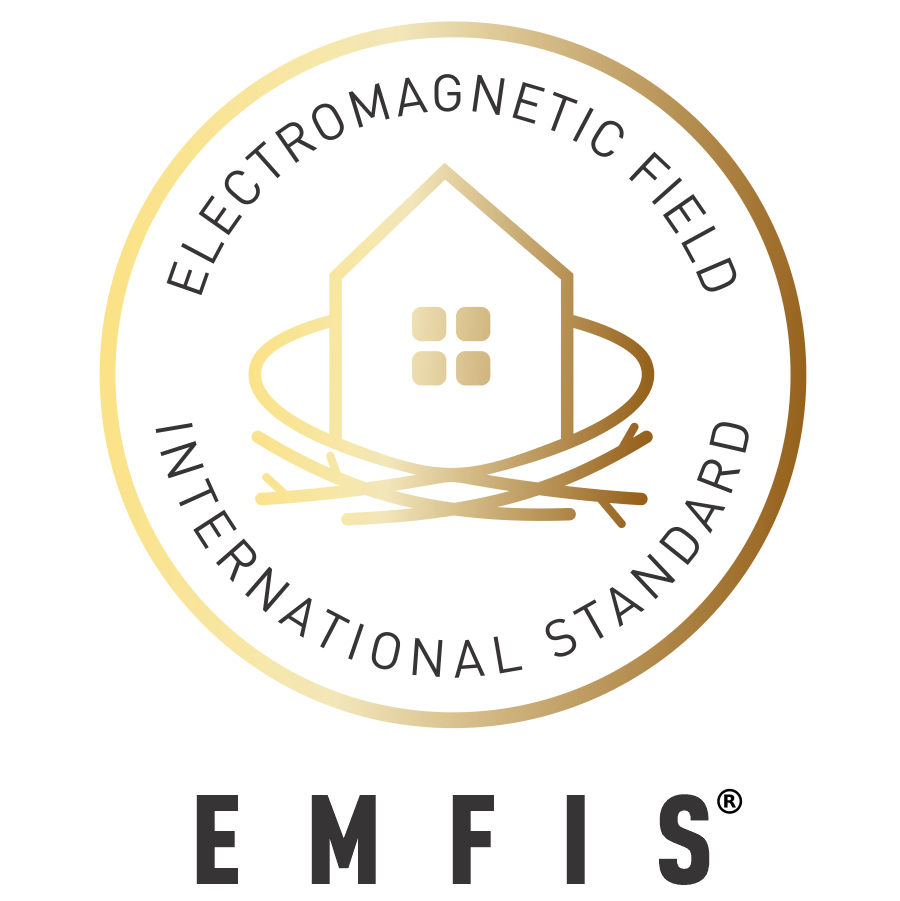Frequently Asked Questions
-
Electromagnetic radiation can affect the body through several pathways, including heat generation, triggering inflammation, and interfering with cellular processes. Here are examples and study sources for each:
Heat Generation: One well-known effect of electromagnetic radiation, particularly from devices like smartphones, is the generation of heat. A relevant example is the impact of keeping a mobile phone in men's trouser pockets. The heat generated by the phone can increase the temperature in the groin area, potentially lowering sperm quality and affecting fertility. A study that investigates this effect is "Effect of mobile telephones on sperm quality: A systematic review and meta-analysis" by Adams et al., published in Environment International in 2014. This study provides a comprehensive analysis of how the heat from mobile phones, as a source of electromagnetic radiation, can negatively impact male fertility.
Inflammation: Electromagnetic radiation can also cause biological effects at the cellular level that may lead to inflammation, which is a root cause of many diseases. Radiations from common sources like Wi-Fi routers or cell phones may exacerbate inflammatory responses in the body. A study supporting this example is "Electromagnetic Radiation and Oxidative Stress in the Brain" by Meena et al., published in the journal Electromagnetic Biology and Medicine in 2021. This study investigates how exposure to radiation can increase oxidative stress in brain cells, leading to an inflammatory response. Oxidative stress is a condition where there is an imbalance between free radicals and antioxidants in the body, and it plays a significant role in the development of chronic inflammation such as neuroinflammation, which is a contributing factor in diseases like Alzheimer's and other forms of dementia. This electromagnetic radiation-induced inflammation, when combined with other inflammatory factors like air pollution (which can cause respiratory inflammation), endocrine disruptors (which can interfere with hormonal balance and immune response), poor diet (contributing to gut inflammation), sleep deprivation (affecting immune system and inflammatory cytokines), and chronic stress (triggering inflammatory responses), creates a cumulative effect that can significantly impact overall health. This cumulative effect suggests that modern lifestyles, with multiple sources of inflammation can have a more significant impact on health than previously understood.
Cell Hacking: Another pathway is the alteration of cellular functions or "cell hacking," where electromagnetic radiation interferes with the normal functioning of cells. This can include effects on DNA, protein expression, or cell signaling pathways. A study illustrating this is "Electromagnetic fields act via activation of voltage-gated calcium channels to produce beneficial or adverse effects" by Martin L. Pall, published in the Journal of Cellular and Molecular Medicine in 2013. This research explores how electromagnetic fields can influence calcium channels in cells, potentially leading to cell suicide. Another relevant study is "Non-thermal effects of electromagnetic fields on flora and fauna, part 2. Weak radiofrequency radiation: a new environmental risk?" by Andrew Goldsworthy, published in Reviews on Environmental Health in 2012. This study discusses how weak electromagnetic fields, commonly found in the environment, can have non-thermal effects on living organisms, including altering cell function and communication.
Each of these examples highlights a different aspect of how electromagnetic radiation can impact biological systems, supported by scientific research.
-
Electrosmog (EMF pollution) is an issue for essentially everyone, whether young or old. Though, it constitutes a higher risk for children and the elderly.
Children, because their body has not fully developed yet. A child’s skull is more permeable to electromagnetic radiations. On top of this, today’s children have been exposed to continuously high levels of EMF since birth. This is unlike adults which were born at a time when the electrosmog was not as severe as nowadays. This means that today’s children are more likely to reach the critical threshold of EMF overexposure. Hence the need for shielding them as much as possible.
The elderly are also at a higher risk of EMF overexposure, but for different reasons. Electromagnetic radiations constitute a form of inflammation, which adds up to the other usual sources of low-grade systemic chronic inflammation:
Immunosenescence and other ageing factors [source];
Sarcopenia and osteoporosis;
Neurodegenerative diseases [source];
Autoimmune diseases;
Cancer;
Cardiovascular diseases;
Metabolic syndrome, type 2 diabetes, and non-alcoholic fatty liver disease;
Obesity;
Depression;
Isolation and chronic stress;
Xenobiotics;
Disturbed sleep;
Lack of physical activity;
Unhealthy diet;
Dybiosis;
Chronic infections;
Other lifestyle factors (smoking, excessive exposure to the sun).
The benefits of EMFIS® certifications extend to farm animals and pets, who also tend to be sensitive to electromagnetic radiations.
-
Right now, EMFIS® rates three categories of man-made non-ionizing electromagnetic radiation:
High-frequency electromagnetic radiations from 100 KHz to 6 Ghz.
Low-frequency electric field radiations at 50 Hz.
Low-frequency magnetic field radiations at 50 Hz.
These boundaries are subject to regular reviews and update with the development of new technologies such as millimeter-wave 5G, and UWB, the successor of Bluetooth.
-
Absolutely! The most advanced and sustainable domotics systems for home automation rely of an extensive network of shielded low-voltage communication cables embedded in the wall, alongside regular electrical high-voltage cable. Such wired home automation infrastructures provide a high-speed, stable, and upgradable domotics system, which emits virtually no electrosmog. Such home automations systems are EMFIS®-compatible and much superior in every way to Wi-Fi and Bluetooth-based wireless systems.
-
Yes, this is called EMFIS® Conversion and will require different electrosmog mitigating solutions than with new buildings. When considering EMFIS® Conversion, remember that our certified buildings not only protect the health and wellbeing of dwellers, but are also more desirable, sustainable, futureproof and better in terms of accessibility. Click here to learn more about EMFIS® Conversion.

Become EMFIS® certified
Illustration purposes only
